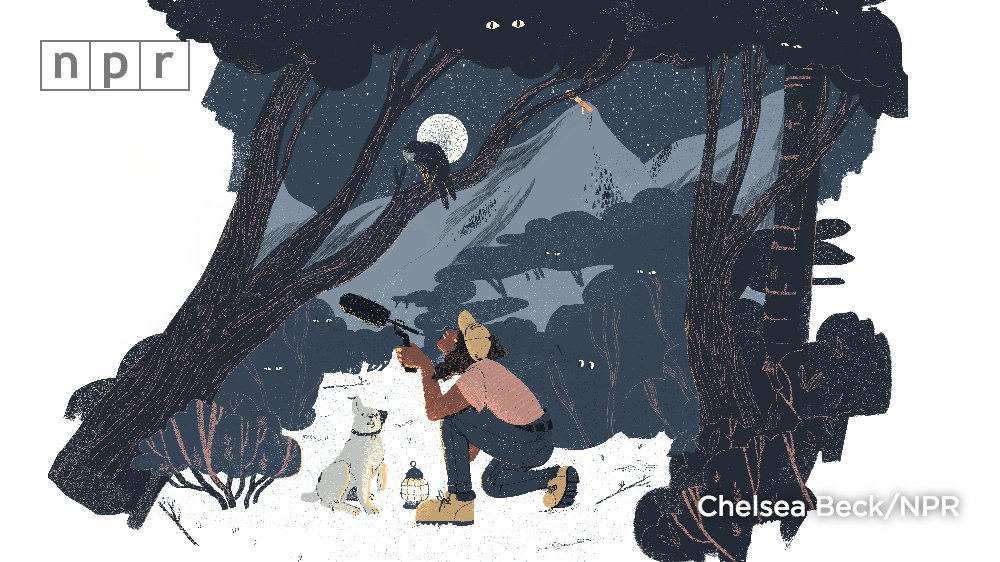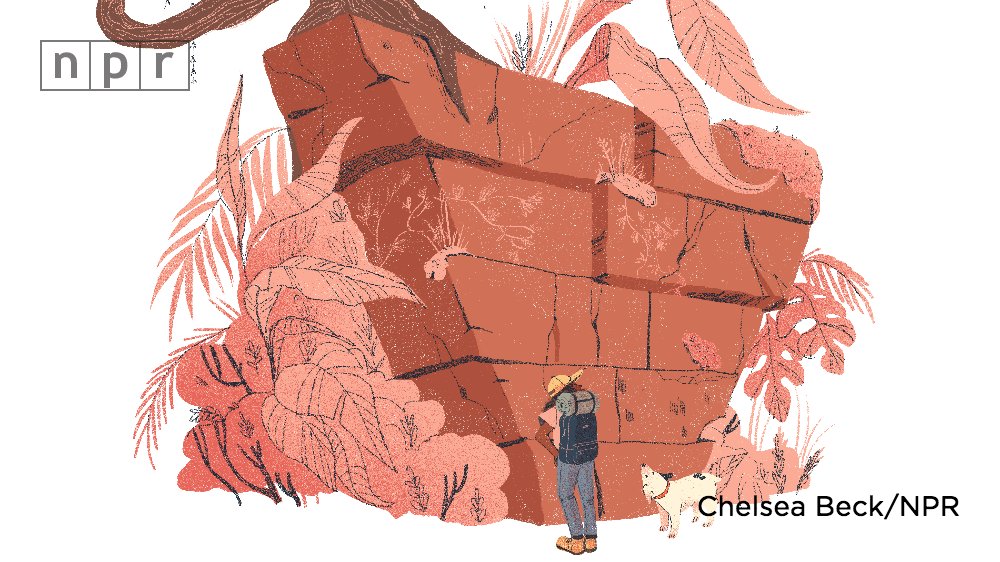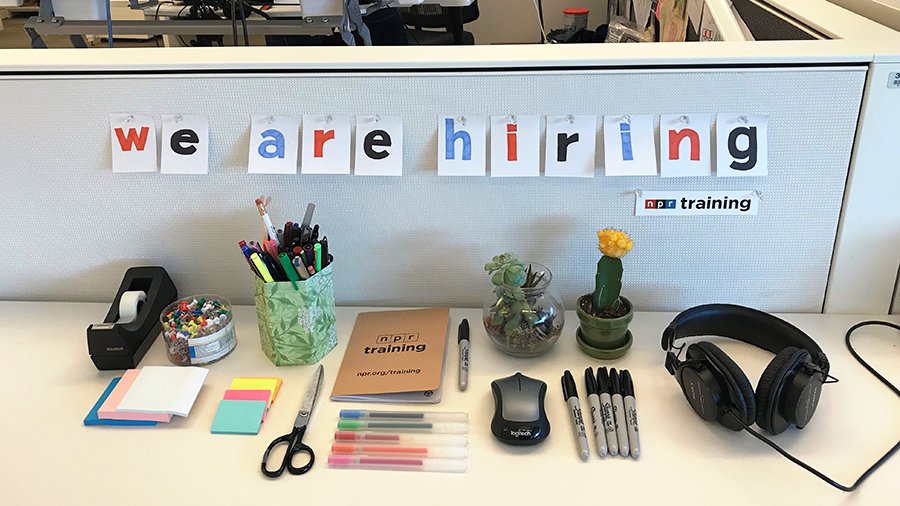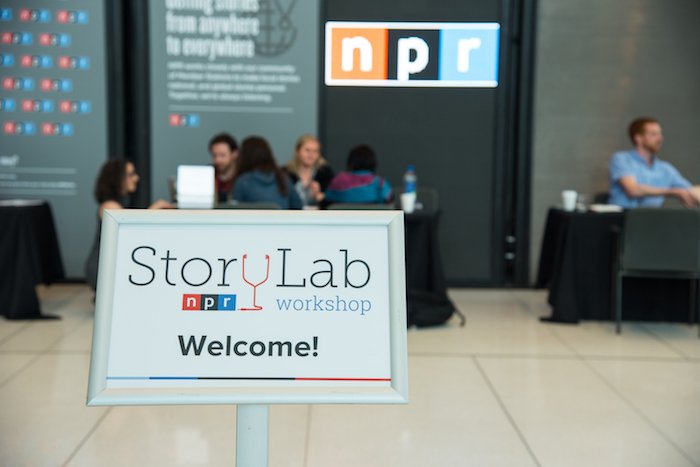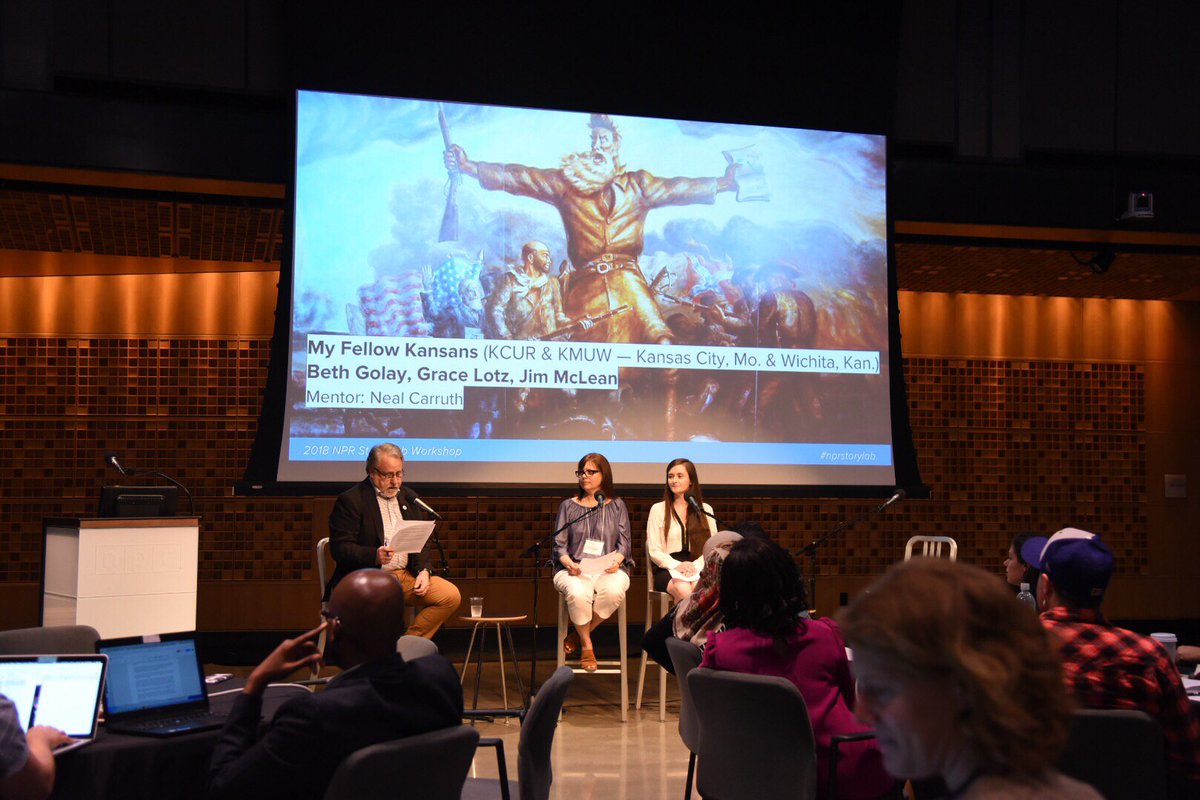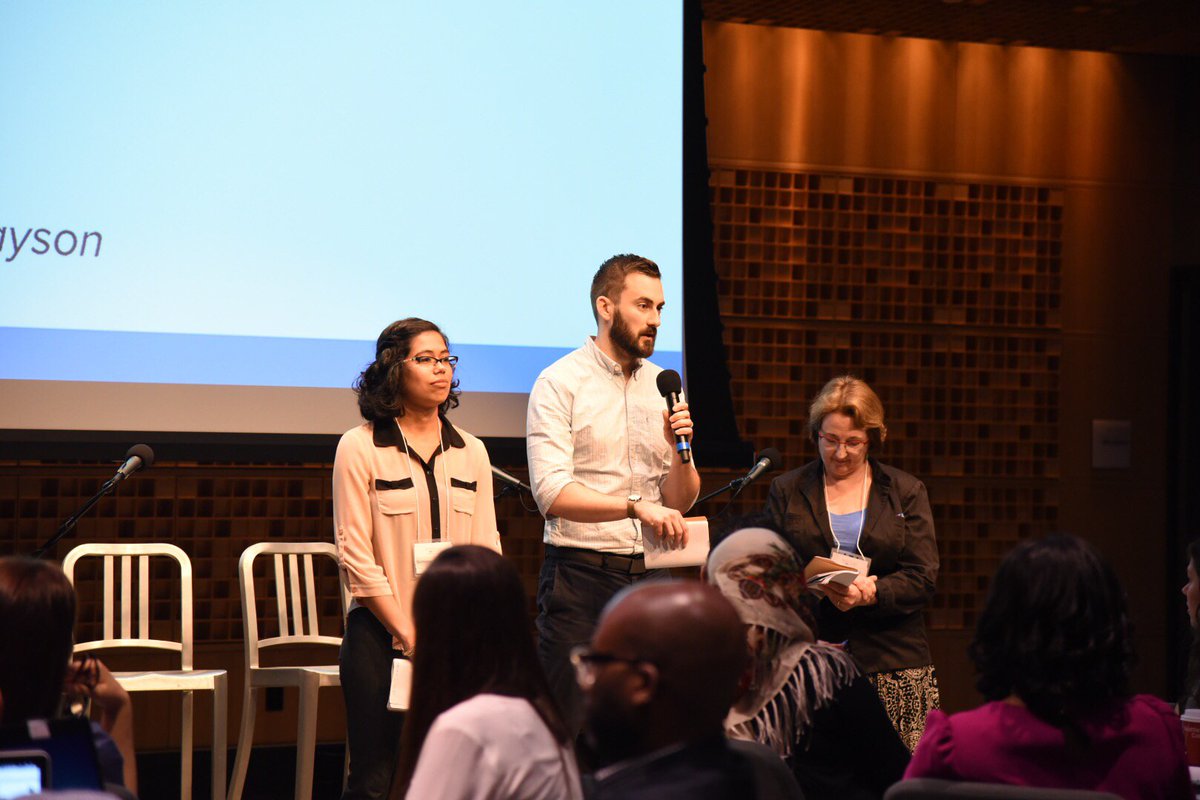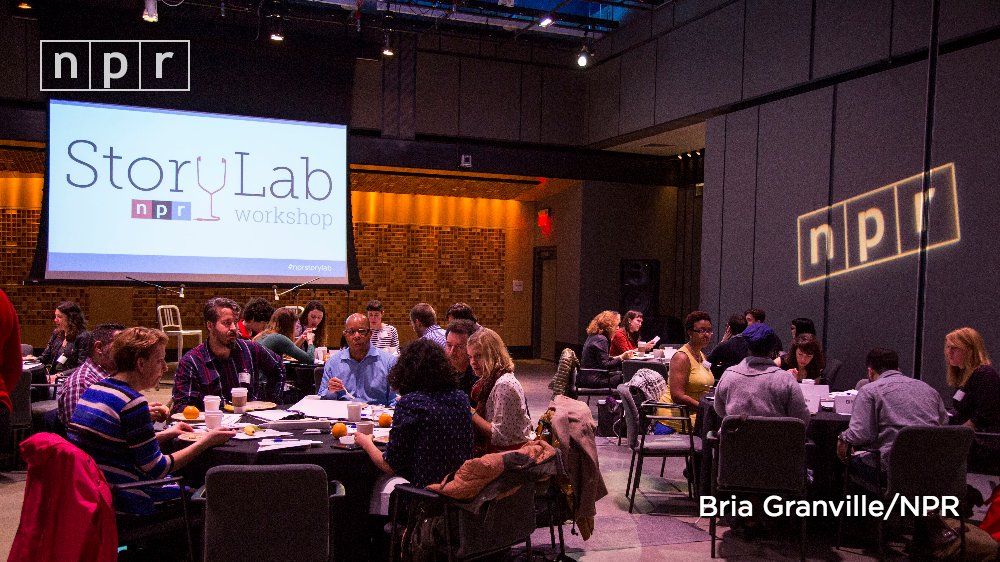Our big new guide on moving from 📰 ➡️ 📻 is here to help.
training.npr.org/audio/the-jour…

Audio is linear; it always moves forward. The words and sounds whiz past the ear, with no opportunity to slow down or rewind. You forget names and titles. Too many numbers make your head spin.
Dependent clauses, like this one, can be useful in print. But they introduce too much space between your subjects and verbs (and people don't talk like that).
Because audio stories use host intros and sound to convey ideas, all the information of a nut graf (what the story is about and why it matters) can’t live together in one paragraph.
A four-minute radio story only has 500-600 words. And you share those words and time with interviewee tape, transitions and sound. This doesn't mean less reporting, just more disciplined storytelling.
Realize that the sounds you make will be recorded (like your "uh-huh"s and "I sees"). That said … Record yourself asking questions and interacting. Get the best/clearest explanations you can.
Radio stories include more (and different types of) quotes than print stories. Each type of tape (non-verbal, "real people" vs. experts, scene-setting, emotional, interactive) serves a different storytelling purpose.
Recording audio takes time. Think through the sounds you'll need before you go out (this is handy for that: training.npr.org/audio/get-grea…). Always be rolling. Get all the ambience.
